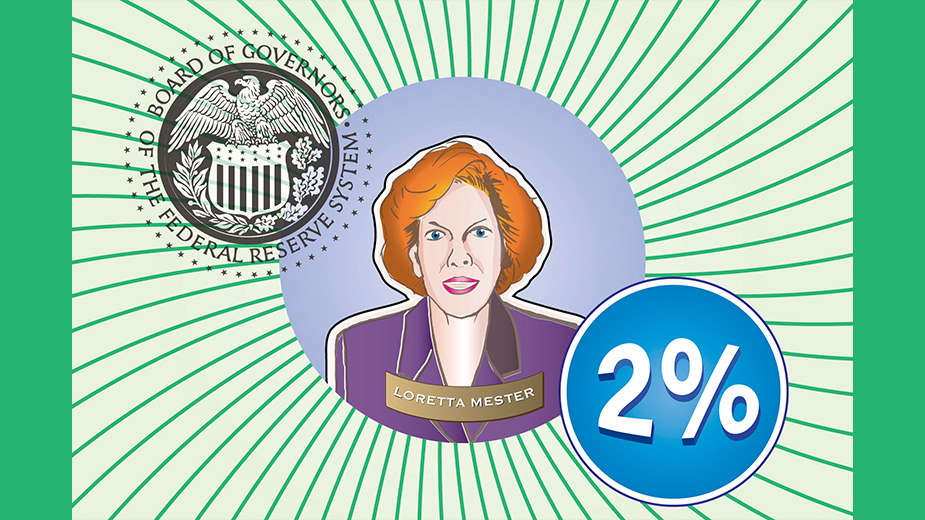Ohio New Unemployment Claims Down for Seventh Straight Week
YOUNGSTOWN, Ohio – New unemployment claims filed in Ohio fell for the seventh consecutive week as the Department of Job and Family Services reports 21,447 new claims for the week ended April 24.
That’s the fewest claims filed since the week ended Oct. 31, 2020, when 21,263 claims were filed. It’s also down 76.9% from the number of claims filed the same time a year ago.
Of the claims filed, about 900 were flagged for potential fraud. Those who believe their identity has been used to file fraudulent unemployment claims can call 833 658 0394 or use the “Report Identity Theft” button at Unemployment.Ohio.gov.
The Department of Job and Family Services also reported 242,365 continued unemployment claims were filed last week, down slightly more than 8,000 from the week prior.
In the 58 weeks since the pandemic began affecting Ohio, the state has disbursed $9.6 billion in unemployment compensation to 992,000 people, as well as $10.5 billion in pandemic unemployment assistance to more than 1 million people who don’t qualify for traditional unemployment, such as part-time workers and contract workers.
In Pennsylvania, the state’s Department of Labor reported 22,356 initial unemployment claims were filed the week ended April 17, the most recent period with data available. That figure is down slightly from the 22,454 filed from the previous week.
As of April 24, the state has paid $41.3 billion in unemployment compensation, including $7.6 billion in traditional unemployment and $8.8 billion in pandemic unemployment assistance.
Nationally, the number of Americans applying for unemployment benefits dropped by 13,000 last week to 553,000, the lowest level since the pandemic hit last March and another sign the economy is recovering from the coronavirus recession.
The Labor Department reported Thursday that jobless claims were down from 566,000 a week earlier. They have fallen sharply over the past year but remain well above the 230,000 weekly figure typical before the pandemic struck the economy in March 2020.
The four-week moving average, which smooths out weekly gyrations, fell 44,000 to 611,750.
Nearly 3.7 million people were receiving traditional state unemployment benefits the week of April 17. Including federal program designed to ease economic pain from the health crisis, 16.6 million were receiving some type of jobless aid the week of April 10.
“Layoffs are elevated but are gradually easing, consistent with an economy that is reopening,” said Rubeela Farooqi, chief U.S. economist at Hgh Frequency Economics. “We expect further declines in filings as businesses move closer towards normal capacity which will boost job growth over coming months.”
Unemployment claims are a proxy for layoffs, and economists have long viewed them as an early indicator of where the job market and the economy are headed. But the figures have become less reliable in recent months as states struggle to clear backlogs of applications and suspected fraud muddies the actual volume of claims.
The job market has been bounding back in recent months. Employers added an impressive 916,000 jobs in March, and the Labor Department is expected to report next week that they hired another 875,000 in April, according to a survey from the data firm FactSet. The unemployment rate has dropped to 6% from a peak of 14.8% in April 2020. (Before the pandemic, unemployment was just 3.5% in February 2020.)
Employers are beginning to complain that they can’t find workers — despite an elevated unemployment rate. Americans may be reluctant to return to work because they still fear contracting the virus or because they need to care for children who haven’t returned to school. Another factor could be a federal supplemental unemployment benefit of $300 a week, on top of state aid, that means some low-income workers can earn more from jobless benefits than they did from their old jobs.
The Associated Press contributed to this story.
Published by The Business Journal, Youngstown, Ohio.



